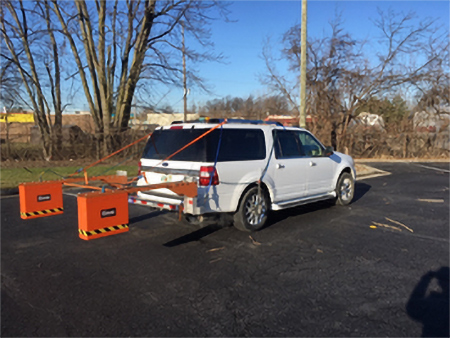Throwback Thursday – Infrasense Tests Massachusetts Railroad Tracks in 1996
#TBT In 1996, Infrasense worked with UMass Amherst testing railroad tracks to detect fouling in the ballast and deterioration in the wood ties using ground penetrating radar (GPR). Initial testing was done on a test track at the UMass Amherst lab and then equipment was mounted to a HiRail vehicle for field testing on a stretch…







